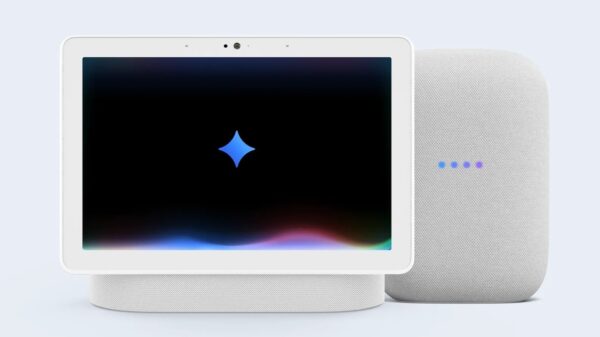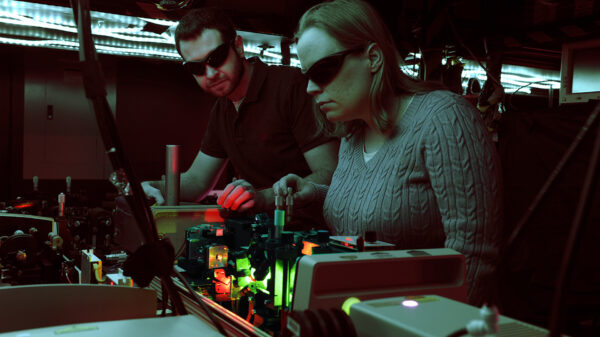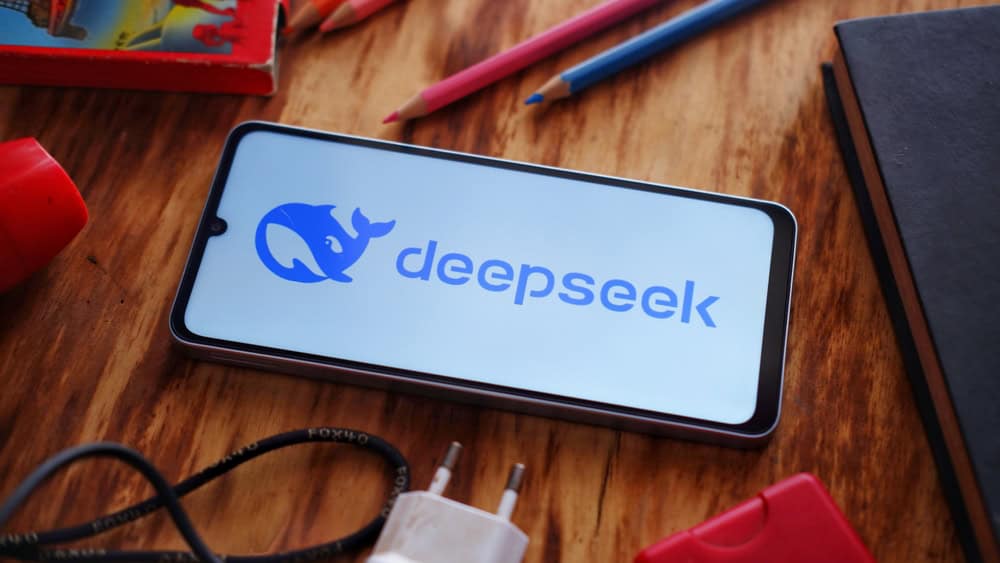In a significant development last month, a team of researchers in China introduced a new Optical Character Recognition (OCR) model named DeepSeek-OCR. This innovation may have gone largely unnoticed, but it holds the potential to revolutionize the efficiency of AI models.
Initial expert feedback on DeepSeek-OCR has been favorable. While it is not marketed as a state-of-the-art solution and is primarily a proof-of-concept, it challenges prevailing assumptions in AI. Notably, Andrej Karpathy, co-founder of OpenAI, posits that DeepSeek-OCR could dispel a common misconception: “Perhaps (…) all inputs to LLMs should always be images.” The rationale behind this claim is that images may offer a more efficient processing route for large language models (LLMs) than traditional text.
Revolutionizing Data Compression
The current landscape of AI is marked by an obsession with data compression, where reducing data footprints translates into time, energy, and cost efficiencies. This push for compression occurs amidst a frenzy to build extensive AI factories capable of housing advanced AI chips. The prevailing belief is that despite efforts to streamline data, AI infrastructure must be expansive and ambitious.
However, DeepSeek-OCR suggests an alternative pathway for data reduction that has often been overlooked. Visual information, which has traditionally been sidelined in generative AI compared to textual applications, appears to fit more efficiently within the context window, or short-term memory, of LLMs. This allows AI models to process not just tens of thousands of words but potentially dozens of pages, leading to improved performance. In essence, pixels may prove to be superior compression tools for AI compared to text.
See also UI Researchers Launch EZSpecificity AI Tool, Achieving 91.7% Accuracy in Drug Development
UI Researchers Launch EZSpecificity AI Tool, Achieving 91.7% Accuracy in Drug DevelopmentThe DeepSeek-OCR operates using a compact visual encoder containing 380 million parameters. This encoder translates visual information—typically text documents—into a more efficient form. The compressed data is then sent to a decoder that consists of only 3 billion parameters, out of which just 570 million are activated for the computations. This architecture enables the model to achieve a tenfold compression of data while maintaining an impressive accuracy rate of 97 percent.
DeepSeek’s Growing Influence
Earlier this year, DeepSeek made headlines with the launch of DeepSeek-R1, an AI model characterized by 671 billion parameters and remarkable capabilities for its size. This model was available for open-source use and was developed at a relatively low cost of less than €300,000. Although models from OpenAI still dominate performance benchmarks, DeepSeek’s efficiency draws attention in the AI community.
The controversy surrounding DeepSeek-R1 stems from its potential reliance on outputs from ChatGPT or the OpenAI API, which raises questions on whether it merely mimicked or compressed the capabilities of existing models. With the introduction of OCR, DeepSeek is solidifying its role as a compression specialist within generative AI. Unlike proprietary models from notable companies like OpenAI, Meta, or Google, the research conducted by DeepSeek is openly accessible, which fosters collaboration and innovation in the sector.
It remains uncertain how other AI models are leveraging similar compression techniques. Google, for instance, has not disclosed whether its Gemini models utilize strategies akin to those of DeepSeek. Nonetheless, the optimization methods seen in DeepSeek may soon become standard practice across the industry, akin to Mixture-of-Experts, where only relevant components of an AI model are activated for specific tasks.
Implications for the Future
While DeepSeek-OCR itself may not represent a groundbreaking shift for AI applications, it indicates a broader possibility for enhancing the efficiency of AI workloads. Unanswered questions linger, such as whether LLMs will need to convert all inputs to images. Additionally, it remains unclear if major players like Google and OpenAI have already adopted similar strategies.
The implications of DeepSeek-OCR could be twofold. First, LLMs might become adept at processing information from prompts more effectively by converting text into images, thus minimizing accuracy loss. Moreover, this could allow AI models to manage larger datasets, such as extensive business documents or compliance materials, ultimately leading to more comprehensive and precise outputs than current capabilities permit.








































































